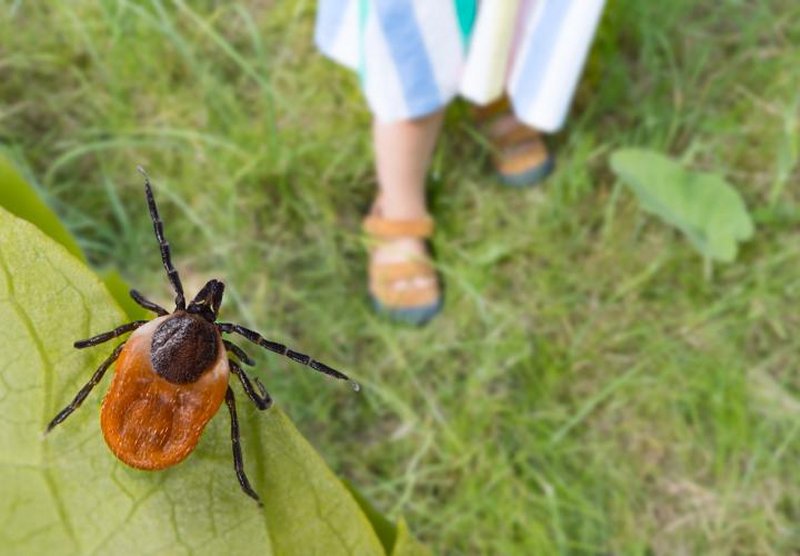As the landscape of the COVID-19 pandemic continues to evolve, a new variant is poised to take center stage in Ontario. NB.1.8.1, a sublineage of the Omicron variant, is projected to become the dominant strain in the province, raising concerns and prompting renewed vigilance. While understanding the nature of this new variant and its potential impact is crucial, the most important aspect remains focusing on effective strategies to safeguard yourself and your community. This article delves into what we know about NB.1.8.1, its projected prevalence, and, most importantly, provides actionable advice on how to stay safe in the face of this emerging threat.
Understanding the Variant: What is NB.1.8.1?
NB.1.8.1 is a sublineage of the Omicron variant, meaning it shares the same ancestral lineage but possesses unique mutations that differentiate it from other Omicron subvariants. Like other Omicron strains, it is generally considered to be more transmissible than previous variants such as Delta. While preliminary data suggests that disease severity associated with Omicron and its subvariants, including NB.1.8.1, might be less severe than Delta, particularly in vaccinated individuals, the high transmissibility can still lead to a significant burden on healthcare systems.
The specific mutations present in NB.1.8.1 are still under investigation by scientists worldwide. These subtle changes in the virus's genetic code can influence its properties, including its transmissibility, its ability to evade immunity generated by vaccines or previous infections, and the severity of illness it causes. While research is ongoing, it's important to recognize that viruses, by their very nature, are constantly evolving, and new subvariants emerge frequently. The key is to understand the general trends and adapt preventative measures accordingly.
Projected Dominance in Ontario: Why the Concern?
The projection of NB.1.8.1 as the dominant strain in Ontario is based on epidemiological data and genomic surveillance. Public health officials analyze the genetic makeup of virus samples collected throughout the province to track the prevalence of different variants and subvariants. This monitoring allows them to identify patterns and predict which strains are likely to become dominant.
The concern surrounding the rise of NB.1.8.1 stems from the potential impact of even a slightly more transmissible variant. Increased transmissibility can lead to a rapid surge in cases, even if the severity of illness remains relatively low. This surge can overwhelm healthcare capacity, leading to longer wait times, strain on resources, and potentially a reduction in the quality of care available to everyone, not just those infected with COVID-19.
Furthermore, even if the average severity is lower, a higher number of cases translates to a higher number of individuals experiencing severe illness, requiring hospitalization, or facing long-term health consequences. Certain populations, such as the elderly, immunocompromised individuals, and those with underlying health conditions, remain particularly vulnerable to severe outcomes from COVID-19, regardless of the specific variant.
Staying Safe: Practical Strategies for Protection
While the emergence of a new dominant variant can feel unsettling, it's important to remember that we have learned a great deal about how to protect ourselves throughout the pandemic. The following strategies remain highly effective in mitigating the risk of infection and minimizing the spread of COVID-19, including NB.1.8.1:
- Vaccination and Boosters: The Cornerstone of Protection: Vaccination remains the most effective tool against severe illness, hospitalization, and death from COVID-19. Ensure you are up-to-date with your vaccination schedule, including booster doses, as recommended by public health authorities. Boosters are particularly important for maintaining high levels of protection against newer variants, as the initial vaccine series may provide less robust protection over time against evolving strains.
- Masking: A Simple Yet Powerful Tool: Wearing a high-quality mask, such as an N95 or KN95, in indoor public settings continues to be a highly effective way to reduce the spread of respiratory viruses. Masking is especially important in crowded or poorly ventilated environments. Consider masking even outdoors if you are in close proximity to others.
- Ventilation: Bringing the Outdoors In: Ensuring adequate ventilation in indoor spaces is crucial for reducing the concentration of airborne virus particles. Open windows and doors whenever possible to allow for fresh air circulation. Consider using air purifiers with HEPA filters to further improve air quality.
- Hand Hygiene: A Fundamental Practice: Frequent hand washing with soap and water for at least 20 seconds remains a fundamental practice for preventing the spread of infectious diseases. Use hand sanitizer with at least 60% alcohol when soap and water are not readily available.
- Physical Distancing: Creating Space: Maintaining physical distance from others, especially in indoor settings, can help reduce the risk of transmission. While strict social distancing measures may not always be feasible or necessary, being mindful of proximity and avoiding crowded spaces can significantly lower your risk.
- Testing and Isolation: Curbing the Spread: If you experience symptoms of COVID-19, such as fever, cough, sore throat, or fatigue, get tested as soon as possible. If you test positive, isolate yourself from others to prevent further transmission. Follow public health guidelines regarding isolation duration and return-to-work or school criteria.
- Stay Informed and Adapt: The situation is constantly evolving, and it's important to stay informed about the latest developments regarding COVID-19 and the circulating variants. Consult reliable sources of information, such as your local public health unit, the Ontario Ministry of Health, and reputable news outlets. Be prepared to adapt your behavior and preventative measures as needed based on the evolving situation.
- Protecting the Vulnerable: A Collective Responsibility: Remember that certain individuals are at higher risk of severe illness from COVID-19. Be mindful of protecting those around you, especially the elderly, immunocompromised individuals, and those with underlying health conditions. Consider taking extra precautions when interacting with these individuals, such as wearing a mask and ensuring you are up-to-date on your vaccinations.
Beyond Individual Actions: The Importance of Community and Public Health Measures
While individual actions are crucial, addressing the pandemic effectively requires a coordinated community and public health response. Continued investment in genomic surveillance, wastewater monitoring, and public health infrastructure is essential for tracking variants, identifying outbreaks, and implementing targeted interventions.
Public health measures, such as vaccination campaigns, mask mandates in certain settings, and capacity limits in indoor spaces, can play a significant role in slowing the spread of the virus and protecting vulnerable populations. Supporting these measures and advocating for evidence-based policies is an important way to contribute to the collective effort to combat the pandemic.
Conclusion: Staying Prepared and Proactive
The projected dominance of NB.1.8.1 in Ontario serves as a reminder that the COVID-19 pandemic is not over. However, we are better equipped than ever before to manage the risks and protect ourselves and our communities. By staying informed, practicing preventative measures, and supporting public health efforts, we can navigate the challenges posed by evolving variants and work towards a future where we can live safely and sustainably with COVID-19. Remember, proactive prevention is key to minimizing the impact of NB.1.8.1 and ensuring a healthier future for everyone in Ontario.
Word Count: 1,210

Megan Morris
Meghan Morris is not just a freelance writer - she is a force to be reckoned with in the world of writing. When Meghan isn't immersed into her writing, she dedicates her time and energy to her role as an Activation Coordinator. Apart from her writing and career, Meghan is also a passionate traveler and a self-proclaimed movie lover.






Leave a comment?
To write a comment, you must login or register first.